Qualified Domestic Individual Investor Program
- November 16, 2015
- OIG
- News
- No Comments
Introduction
In 2006 the Qualified Domestic Institutional Investor (QDII) scheme was launched to allow mainland Chinese investors to invest offshore through designated Chinese financial institutions within set investment restrictions and foreign exchange quotas. Since the implementation of the QDII scheme 10 years ago, the Chinese government has been discussing the launch of the Qualified Domestic Individual Investor (also known as QDII2) program.
On 21 October 2015, China’s State Council announced the QDII2 program. The QDII2 program is China’s effort to promote financial reform, to expand cross-border use and conversion of the Chinese Renminbi (RMB) and to liberalise China’s investment landscape and capital account. This program will open up the Chinese financial services sector and internationalise the RMB. The QDII2 program will initially be limited to the Shanghai Free Trade Zone and will then be rolled out to the rest of Shanghai and five other cities: Shenzhen, Tianjin, Chongqing, Wuhan and Wenzhou.
What will QDII2 offer mainland Chinese investors?
Currently individual mainland Chinese investors are allowed to purchase a maximum of US$50,000 worth of foreign currency a year and invest through the existing QDII program.
The QDII2 program will permit mainland Chinese investors (resident in one of the approved zones) who have at least RMB1 million of net financial assets with more freedom to invest their money directly in assets outside of mainland China without using a QDII and the ability to diversify their portfolios away from just mainland Chinese assets. It is also anticipated that the currency conversion restrictions will be lifted under the QDII program (ie the annual US$50,000 cap for exchanging RMB into foreign currency). Eligible investment classes are expected to include:
- shares, bonds, funds, insurance products, foreign exchange and derivative products;
- greenfield and joint venture projects; and
- real estate.
The timeline of implementation of the QDII2 program has not been confirmed.
Other financial reforms
In addition to the QDII2 program, China has also launched other financial reforms and initiatives to open up its capital markets:
| Date | Financial Reforms |
| November 2014 | Shanghai-Hong Kong stock connect program (which is narrower in scope than the proposed QDII2 program) was launched last year to allow mainland Chinese investors to purchase select Hong Kong and Chinese companies listed in Hong Kong, and allow Hong Kong and foreign investors to invest directly in eligible A-shares listed on the Shanghai Stock Exchange. A Shenzhen link is in the pipeline. |
| March 2015 | Qualified Foreign Institutional Investor (QFII) regime was launched in 2003 to attract foreign investment (by conversion of foreign currency into RMB) into mainland China’s securities markets within approved investment quotas, investment scopes and trading limits. In March 2015, China’s securities regulator removed the $US1 billion investment quota to increase flexibility in the regime. |
| May 2015 | Renminbi Qualified Foreign Institutional Investor (RQFII) regime was launched in 2013 to allow licensed institutional investors to invest RMB held outside mainland China into its securities market. The RQFII regime is based on the QFII regime however funds are remitted into mainland China in offshore RMB, rather than in foreign currency. |
| June 2015 | China’s announced its commitment to allow foreign financial investment management firms to operate and market products in mainland China through wholly-owned entities instead of joint venture structures with local Chinese investment managers. |
| July 2015 | China-Hong Kong mutual recognition of funds program was launched to allow funds domiciled in Hong Kong and China to be sold to each other’s market. |
